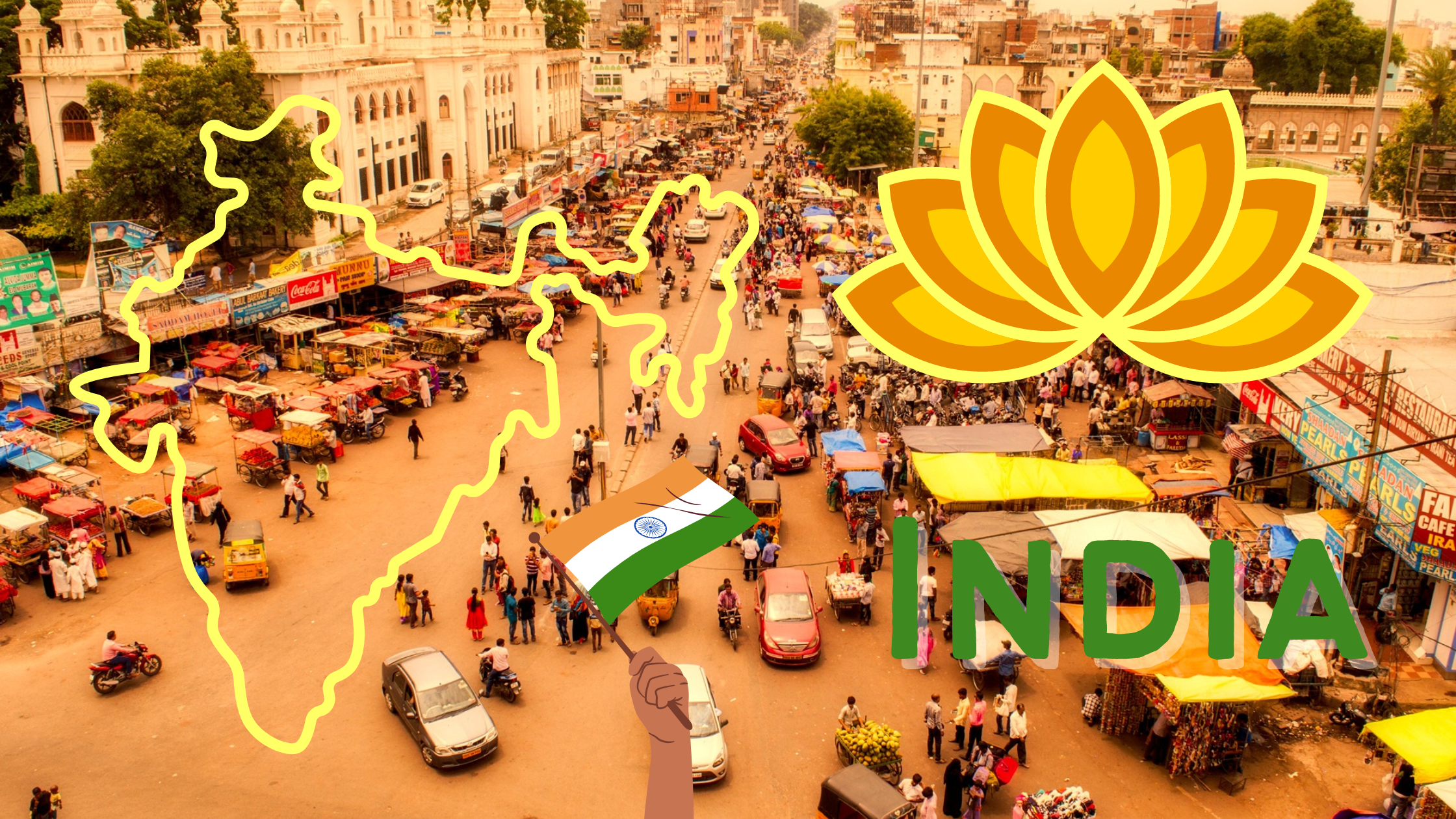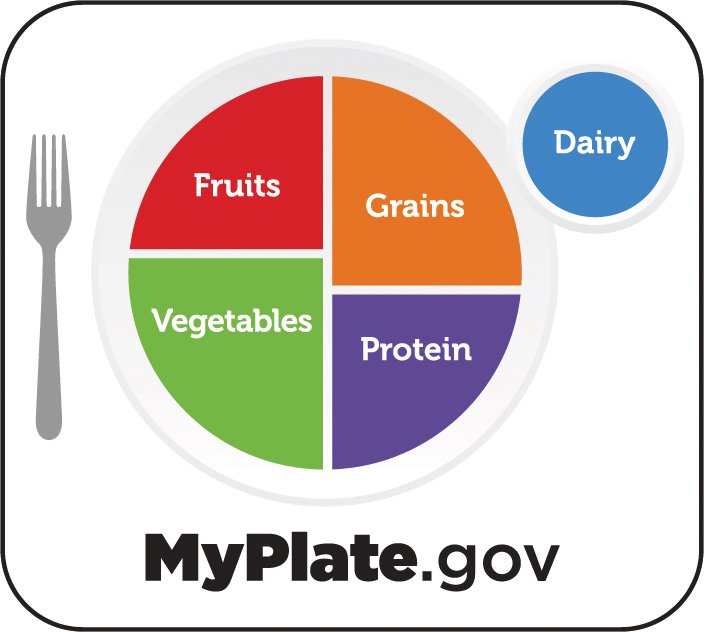Kids Cook! Unit: India
It's time to learn about India! This Kids Cook! Unit focuses on some of the amazing spices, flavors, festivals, and customs that are part of India’s rich history.
Read on for more information about India’s culture, the recipes we’re cooking, and some helpful kitchen tips and tricks!
Facts and Festivals
Food
Recipes
Tools and Skills
Playlist
’One Grain of Rice’
Keep Learning
Facts and Festivals
India is located in the continent of Asia, and China is its northeastern neighbor. India is home to about 1.4 billion people and is about ⅓ the size of the United States. India is a peninsula, which means that three sides of the country are bordered by water.
The water that surrounds India is called the Indian Ocean! The highest mountain range above sea level borders northern India. These mountains are called the Himalayas and are three times as big as our Sandia Mountains.
One important festival celebrated in India is Diwali - the festival of lights. This five-day celebration focuses on the triumph of good over evil.
People make and share lots of food, they put up lots of lights, and they create beautiful and colorful designs, called rangoli, with ground rice or sand. This decorative floor art can include very complicated patterns and methods are passed down through family generations.
Food
Indian food is known for using lots of spices! Commonly used spices include chili, cinnamon, cumin, coriander, and cloves. Some of the staple foods in India are rice, lentils, and bread. Indian dishes also frequently include vegetables and fruits.
Our Kids Cook! menu includes ingredients from all five food groups featured on MyPlate.
Fruits: Banana, Mango, Orange
Vegetables: Carrot, Tomato
Grains: Rice, Wheat
Protein: Lentils
Dairy: Yogurt
India Unit Recipes:
-
Ingredients:
1-2 medium carrots
1 1/2 cups basmati rice
2 Tbsp. butter
3 1/2 cups water
2-inch cinnamon stick
3/4 tsp. salt -
Ingredients:
1/2 tsp. whole cumin seed
1/4 tsp. whole coriander seeds
2 cans lentils (15 oz.)
4 medium tomatoes
2 Tbsp. butter
1 tsp. ground mild red chile
1/2 tsp. salt
2 Tbsp. fresh cilantro leaves -
1 1⁄2 cups warm water
3⁄4 tsp. yeast
3⁄4 cup whole wheat flour
1/3 cup + 1 Tbsp. plain yogurt
3 cups unbleached white flour
1 1⁄2 tsp. sugar
3⁄4 tsp. baking powder
3⁄4 tsp. salt
additional flour for kneading
kosher salt -
4 bananas
1 ripe mango, peeled (or 1/2 cup mango from a jar)
4 oranges
3 Tbsp. unsweetened shredded or shaved coconut
3 Tbsp. fresh lime juice
Fun Fact: Two things make pilaf different from plain white rice. One is that pilaf is almost always cooked with something - meat, nuts, fruit or vegetables. The second is that the rice is rinsed multiple times to remove any surface starches and make sure the individual rice grains are fluffy and separated!
These dishes don’t include animal protein, but a serving of lentils contains more protein than an egg does! And, by eating rice with the lentils, your body gets all of the essential amino acids it needs.
Another nutrient our bodies need that’s found in lentils is … fiber! Fiber helps our bodies in two important ways. First, fiber helps food move through our digestive system and helps our intestines stay clean.
You can think of fiber like a toothbrush. By eating foods with fiber and drinking water, you’re helping your body work the way it is supposed to so that food makes it all the way through your digestive tract.
Foods that have lots of fiber include beans, vegetables, fruit with its skin on (like pears or apples), brown rice, whole wheat, and oatmeal.
Think about what you eat for breakfast, lunch, and dinner. What can you swap out or add to your food so you get fiber in every meal?
The other way fiber helps is by making us feel fuller longer. Have you ever tried to concentrate on schoolwork with a rumbling stomach? It’s hard to do! By eating foods with fiber at each meal we won’t feel as hungry and can focus on learning instead.
Tools and Skills
Speaking of learning, there are a few special tools and skills to learn before we start cooking up our India recipes.
Mortar and Pestle - A mortar and pestle are used to crush and grind spices. The mortar bowl is often made of clay with small ridges on the inside. A pestle is usually solid wood and used to press the ingredients into the ridges in the bowl.
Box Grater - This kitchen tool has four different sides that can be used to zest, grate, shred, and slice food. When we use a box grater in Kids Cook! its a three-person job: one person holds a plate, one person holds the grater still, and one person grates the cheese, citrus, or vegetable.
Kneading Bread - Kneading is a technique used in bread making after all of the ingredients have been added. It helps the bread in four ways; mixing ingredients throughout the dough, making sure the flour is wet enough, developing the bread’s gluten, and adding oxygen to the dough. In Kids Cook! we use a three-step technique to knead bread: 1) push 2) fold 3) turn.
1) Using the heel of your hand, press down and move the dough forward.
2) Next, fold the dough in half.
3) Finally, rotate the dough 90 degrees (or a one-quarter turn) and begin the steps again.
Cutting a Mango - Mangoes are so delicious, and also so tricky to cut! Cutting a mango should be a grownup activity because of the hard mango seed. Once the sides of the mango have been cut, the grownup can slice the mango into sections (not cutting through the skin) and kids can use a spoon to remove the diced mango from the skin. If the mango is soft and ripe, you can actually use a glass or liquid measuring cup to remove the skin, then dice the fruit to add to your salad.
Check out these examples of how to cut a mango at mango.org.
Does your cooking prep include background music? For this unit we have put together a playlist of some traditional and popular Indian songs. You can find this playlist on Spotify (below) or watch it on Youtube (linked)
In our India unit, KC! educators are reading the Indian folktale, “One Grain of Rice”. You can listen to the story being read on Youtube below.
More Videos:
Learn about Diwali and India
Looking for a way to get your 60 minutes of exercise? Try out some of these Bollywood dance videos!
As always, we encourage you to practice good safety and sanitation in the kitchen. Our videos on handwashing and knife safety below will help you do both as you get ready to cook!









